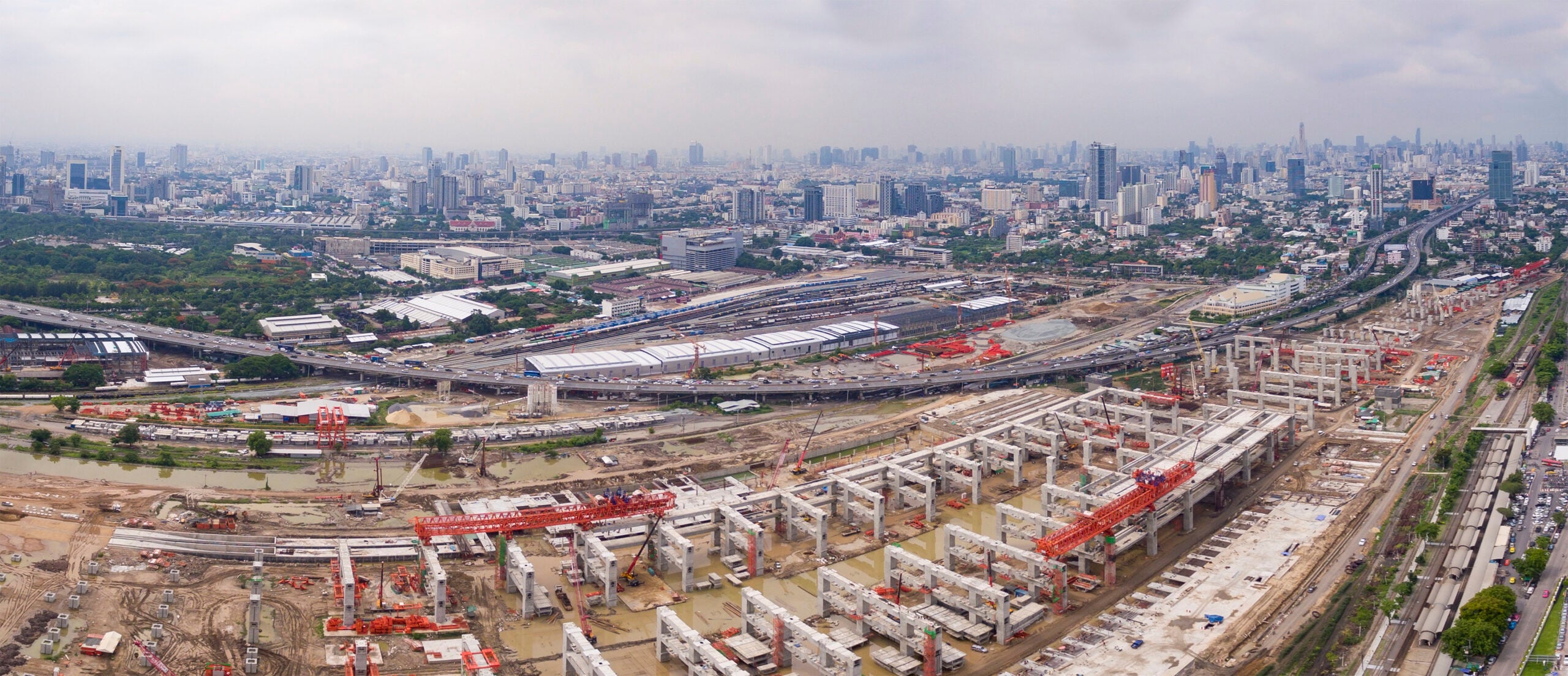
Over the last 12 months, 276 rail construction projects broke ground, at a combined cost of over $500bn. This is roughly similar to the number of railway construction projects that commenced in 2020 (278), although the capital expenditure is slightly down – $502.3bn in 2021 compared to $506.5bn the year prior.
Unsurprisingly, Asia dominates the list of rail construction projects, with China featuring most prominently with 58 projects in total last year – over 20% of the global total.
The most common type of rail construction project to break ground over the last year was mass transit or metro projects. A third of all railway projects across the globe were mass transit or metro projects, costing a total expenditure of over $221bn.
Of the top ten most expensive rail construction projects of 2021, eight are located in Asia – showing the continent’s hunger for rail megaprojects. Half of the top ten most expensive rail construction projects in 2021 involve high-speed rail, all of them located in Asia.
So, here are the top ten most expensive rail construction projects that broke ground in 2021.
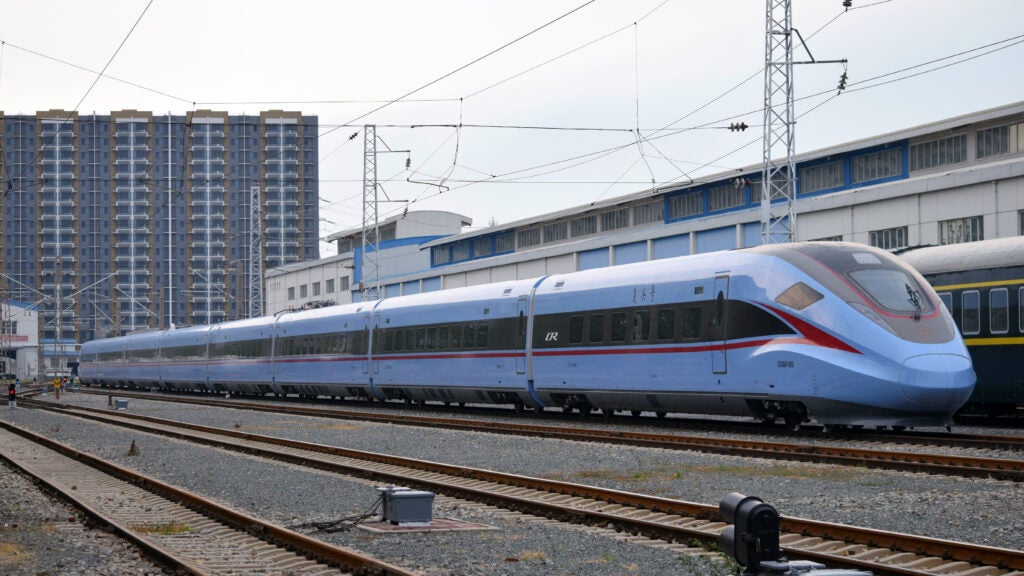
Don Mueang–Suvarnabhumi–U-Tapao High-Speed Railway, Thailand: $7.2bn
The Government of Thailand, through the State Railway of Thailand, is constructing a high-speed rail line between Bangkok and Rayong in Thailand. This project involves the construction of a 220km high-speed rail line from Bangkok to Rayong. It will connect Don Mueang, Suvarnabhumi, and the U-Tapao international airports.
The railway line includes a 29km rail link, from Phaya Thai BTS station in central Bangkok to Suvarnabhumi Airport in Samut Prakan province. It also includes the Airport Rail Link Extension, a 21km long route, from Phaya Thai station to Don Mueang airport. Further, there will be a 170km long route from Suvarnabhumi airport to U-Tapao airport in Rayong province, to be called the Intercity Line.
The project includes the construction of 10 stations, a double-track section, and maintenance buildings and passageways. It also entails the installation of locomotives and equipment, signals, and safety systems. In April 2021, construction activities commenced on the project with scheduled completion in August 2025.
How well do you really know your competitors?
Access the most comprehensive Company Profiles on the market, powered by GlobalData. Save hours of research. Gain competitive edge.

Thank you!
Your download email will arrive shortly
Not ready to buy yet? Download a free sample
We are confident about the unique quality of our Company Profiles. However, we want you to make the most beneficial decision for your business, so we offer a free sample that you can download by submitting the below form
By GlobalData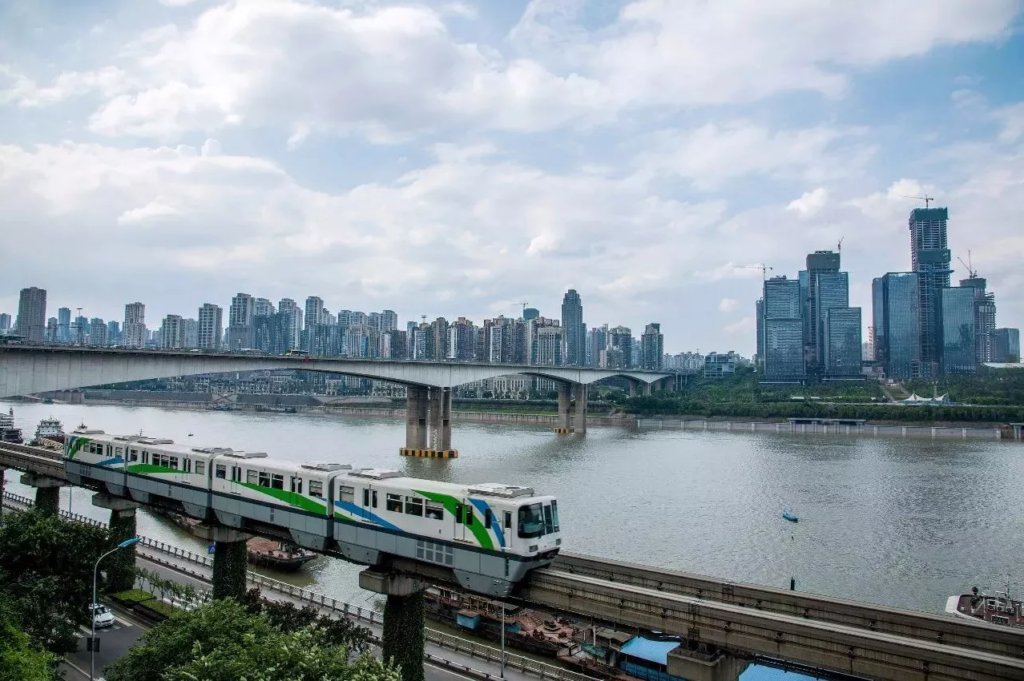
Chongqing Metro Line 15, China: $7.6bn
Chongqing Rail Transit Co. is constructing a 71.53km metro rail line from Cengjia Station West to Liangjiang Film and Television City Station in Chongqing, China. The project plans to expand the existing urban rail systems and reduce the travel time in the region.
The Chongqing Metro Line 15 project involves the construction of 25 stations, control rooms, and parking facilities. Safety systems, lighting systems, and electrical equipment will also be installed.
The project is being developed in two phases. Phase I and Phase II will construct 38.73km and 32.8km metro rail lines, respectively. As of November 2021 construction of both phases of the project are underway.
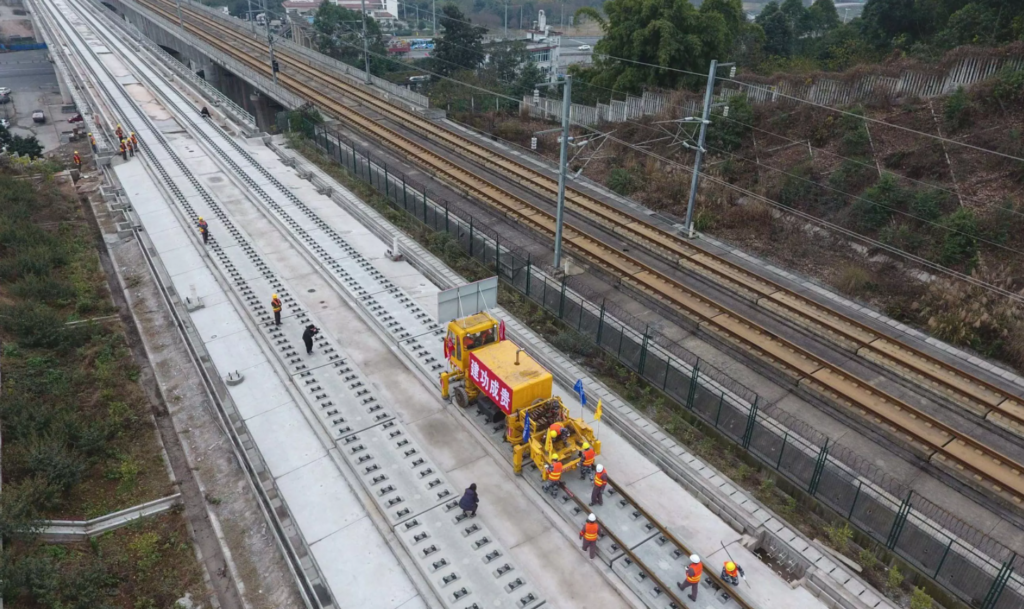
Xi’an–Yan’an High-Speed Railway, China: $8bn
Xicheng Passenger Specialist Shaanxi Co. is building a high-speed railway line connecting Xi’an and Yan’an in Shaanxi, China. Once complete, the trains will have a design speed of 350kph, with a capacity of 30 million passengers a year.
The project involves the construction of a 287.1km high-speed railway line, with a speed of 350kph between Xi’an and Yan’an. It includes the construction of 11 stations, platforms, bridges, and tunnels. Furthermore, it involves building administrative space and the installation of signalling and safety systems and equipment.
China Railway Design Group Co. was appointed as the design consultant. Construction of the Xi’an–Yan’an high-speed railway commenced in May 2021
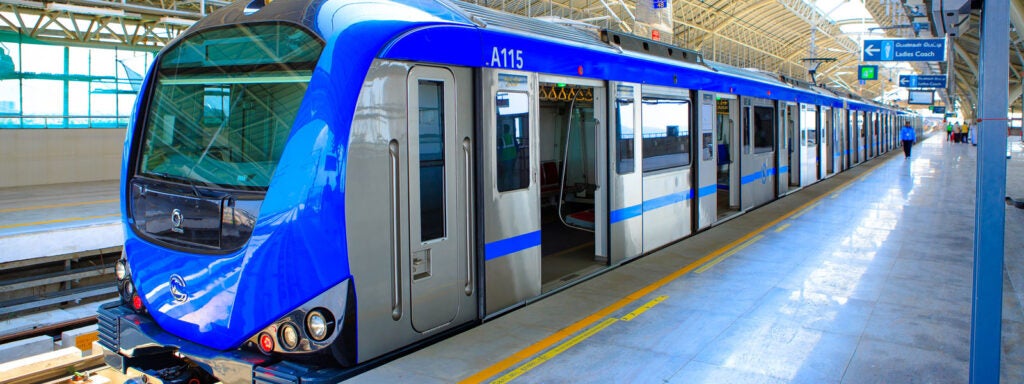
Chennai Metro Rail Phase II, India: $8.4bn
Chennai Metro Rail Ltd is undertaking the construction of a metro line in Chennai, Tamil Nadu, India. The Chennai Metropolis area has grown rapidly and the traffic volumes on the roads have also been increasing. One of the main aims of the project is to decrease the congestion on roads in the area.
The project involves the construction of around 119km of rail track, with 127 stations in three corridors.
Corridor-III includes the construction of a 45.8km track from Madhavaram to SIPCOT, with 49 stations. It also includes the construction of a 12km twin bored tunnel from Kellys Station to Taramani Road junction. The development involves the construction of diaphragm walls of the station box and entry and exit structures of Chetpet Metro, Royapettah Govt Hospital, and Thiruvanmiyur metro stations.
Corridor-IV entails the construction of a 26.1km track from Lighthouse to Poonamallee Bypass, with 30 stations. It also includes the construction of an 8km elevated viaduct with nine elevated metro stations starting from Power House to Porur Junction. The development involves building an elevated corridor that includes 4km of double-deck construction.
Corridor-V involves constructing a 47km track from Madhavaram to Sholinganallur, with 48 stations. It includes the construction of 150m-long railway stations, pedestrian ways, and viaducts. It also entails the laying of rail tracks, the installation of mechanical and electrical equipment, and safety systems.
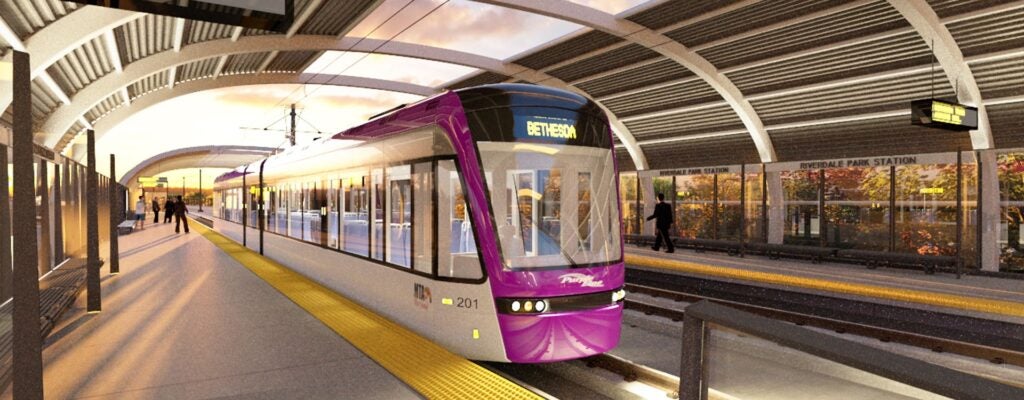
Maryland Purple Line, US: $9.3bn
The Maryland Department of Transportation and the Maryland Transit Administration are jointly constructing the purple line project in Maryland, US. The project is one of the US Government’s 50 priority infrastructure projects listed in the “Priority List: Emergency & National Security Projects” document.
The project involves the construction of a 25.75km-long light rail transit system between Bethesda, Montgomery County and New Carrollton, Prince George’s County.
The Maryland Purple Line project will also build 21 stations, track substructure and superstructure, tunnels, warehouses, and repair-maintenance workshop buildings. It also entails the installation of firefighting systems, electrical instruments, lighting, overhead sign structures, rail tracks, and air evacuation system.
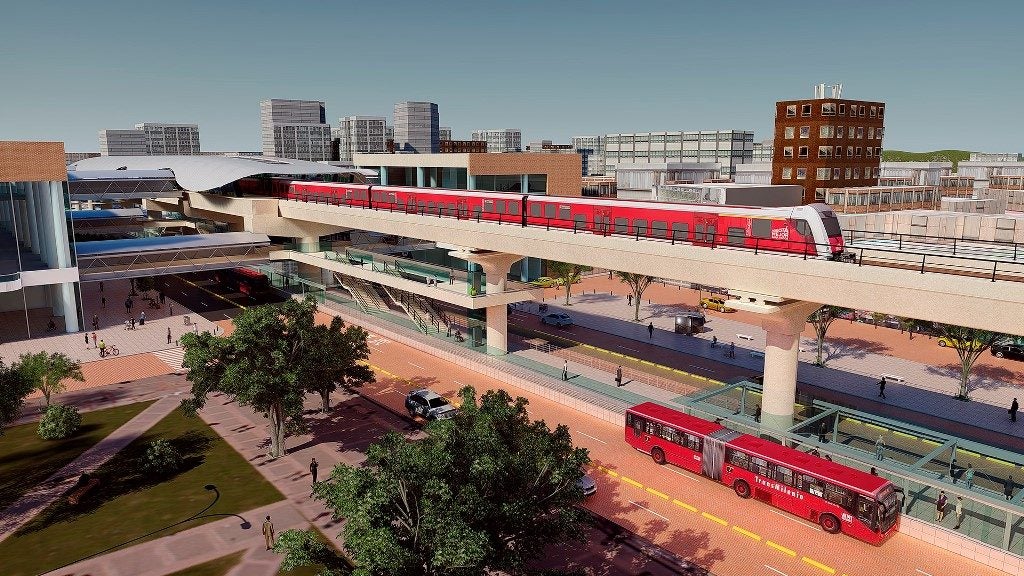
Bogota Metro System, Colombia: $9.6bn
Metro De Bogota, a special purpose vehicle of the Government of Bogota City, is undertaking the rapid rail transit system construction in Bogota, Colombia. This project is a part of Bogota’s 60 years integrated mobility master plan. The plan includes the metro, the Transmilenio bus network, and commuter trains to reach the nearby towns.
The project involves the construction of a 47km long metro system, tunnels, a bridge, 34 metro railway stations, and a 33km auxiliary road. It also entails laying a 1,435mm track gauge and installing traffic sign lights and mobility control systems.
The first phase will connect from Portal de las Américas to Calle 72. A 23.96km metro rail line will be built, with 16 stations. Phase I is scheduled to be completed by 2028. The second phase will connect North of Calle 72 and Calle 127 with a 26.2km rail line and 19 stations. Phase II is scheduled to be completed by 2033.
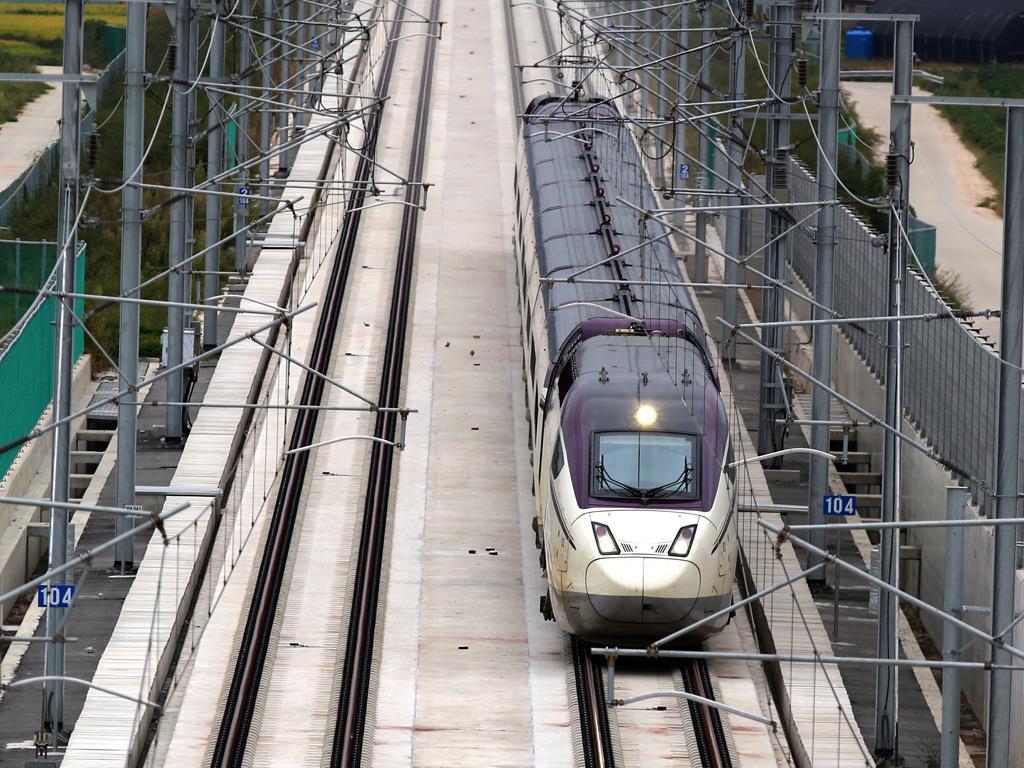
Honam High-Speed Railway, South Korea: $10bn
The Korea Rail Network Authority is constructing the Honam high-speed rail project, connecting Osang to Mokpo via Gwangju in South Korea. The project hopes to reduce road congestion from Osang to Mokpo and increase rail’s share of the passenger travel market to 12.3%.
The high-speed route to Mokpo will share the existing Seoul–Busan tracks to Osang. From there, it will head southwest for 230km to reach Mokpo. Some sections will run parallel to the existing conventional Honam railway route, which takes 2 hours 58 mins to travel from Seoul to Mokpo.
The first phase includes the construction of a 182.3km high-speed rail line between Osang and Gwangju. Phase II involves the construction of a 49km rail line from Hyangnam (close to Suwon and Hwaseong) to Iksan, and from Gwangju to Mokpo.
The project includes the construction of six stations, bridges, culverts, spans, and related infrastructure facilities. It will also entail the installation of safety and security systems, and signalling and telecommunication systems.
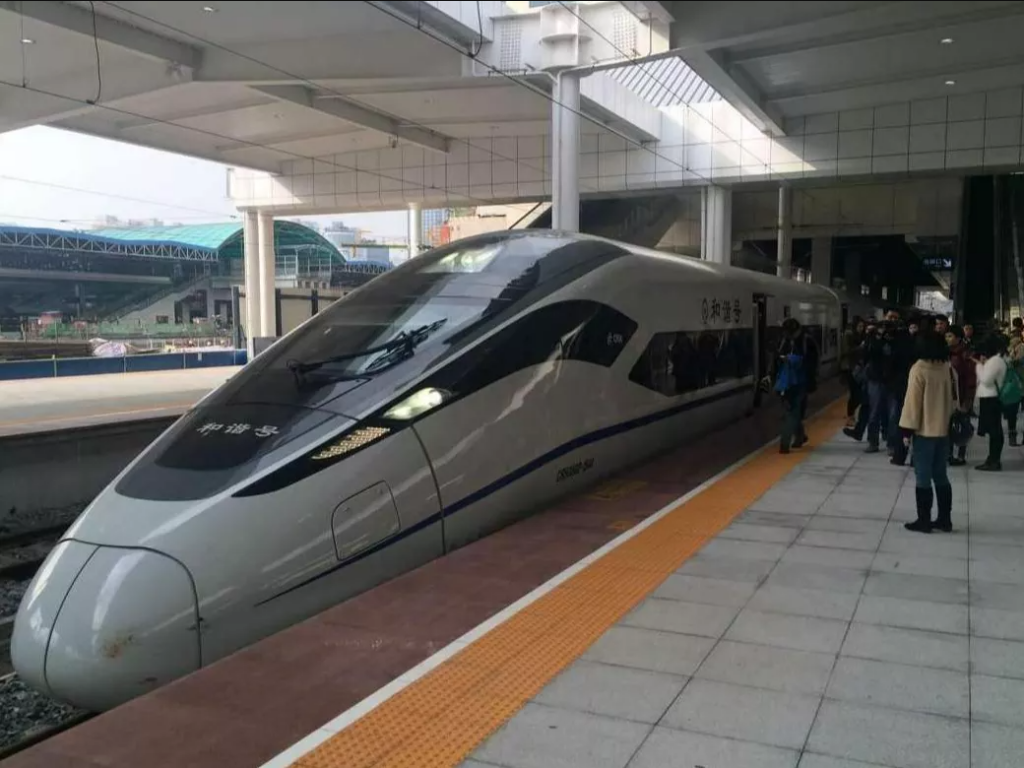
Chengdu–Chongqing Middle Line High-Speed Railway, China: $10.7bn
Chengdu-Chongqing Railway Passenger Dedicated Line Co. is constructing a 292km railway line, with a designed speed of 350kmph, between Chengdu to Chongqing in China. The line is split into two sections; the Chongqing section totals 102km and the Sichuan section totals 190km.
The project involves the construction of eight stations, platforms, rail terminals, control rooms, and tunnels – including the 6,0002m Jianshan Tunnel. Further, it includes building parking facilities, and the installation of lighting, signalling units, and safety systems.
China Railway Eryuan Engineering Group has been appointed as the surveyor and design consultant. China National Railway Group is carrying out the construction, which is expected to be completed by 2026.
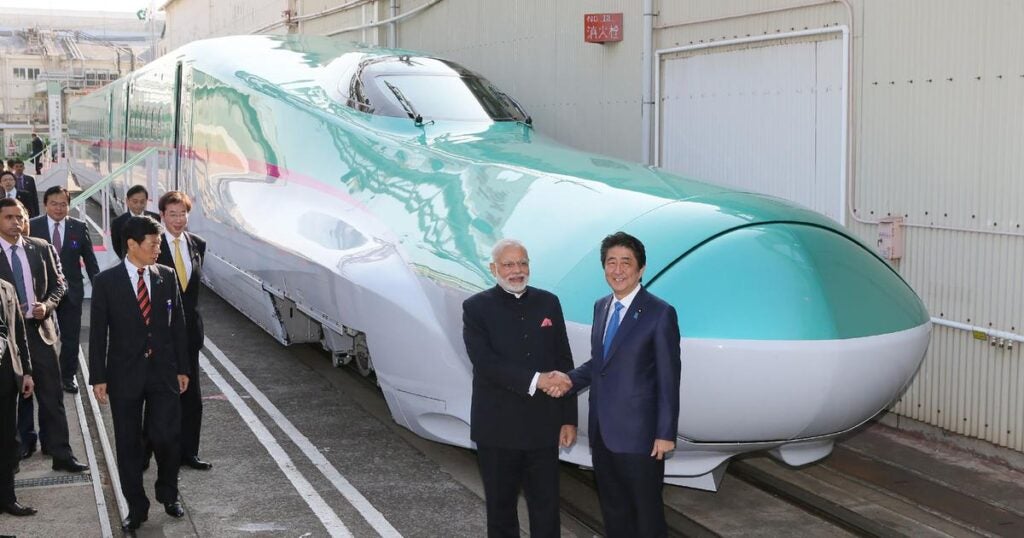
Mumbai–Ahmedabad High-Speed Corridor, India: $17bn
The National High-Speed Rail Corporation, a subsidiary of Rail Vikas Nigam under the Indian Ministry of Railways, is undertaking the construction of a new rail link that runs from Mumbai to Ahmedabad, India.
The project involves the construction of a 508.17km high-speed rail link, comprising 468km of elevated rail, and 27km of tunnels. The line will be capable of supporting trains running at 320-350kmph. The project includes the construction of 12 railway new stations, as well as 11 tunnels. The line will include a 7km tunnel under the Arabian Sea and a 21km undersea tunnel from Thane and Virar in Mumbai.
Further, 60 bridges and two viaducts are being built on the line; as well as tracks without ballast, signalling units, interchange sections, and passageways.
The project corridor will begin at the underground station in the Bandra-Kurla Complex in Mumbai. From there, it will travel a 21km underground line within seven-eight minutes, before emerging above ground near Shilphata Diva Naka. It will end at the Sabarmati Station in Ahmedabad.
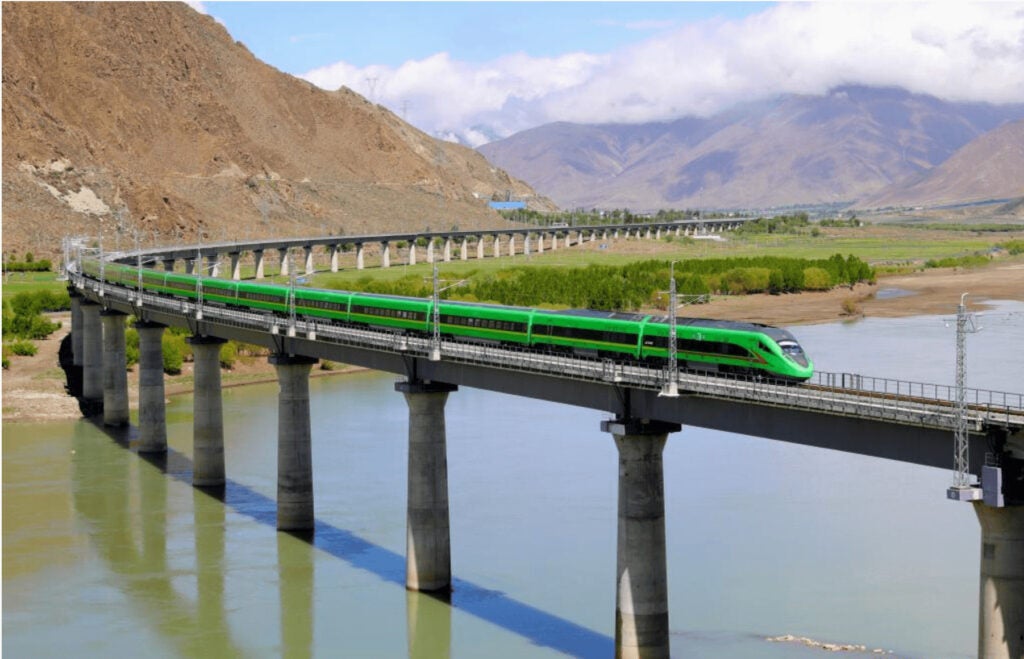
China–Nepal Railway, China: $29bn
China Railway Corporation is constructing a 700km rail link from Shigatse City, Tibet to Kathmandu, Nepal. The project aims to increase mobility and provide a smooth flow of traffic in the region.
The project involves the construction of stations, platforms, bridges, and tunnels. It also includes building administrative facilities and related infrastructures. Further, it includes the installation of signalling, lighting and safety systems; as well as communication networks, and interlocking systems.
China Railway First Survey and Design Institute Group was appointed as the design consultant for Shigatse–Gyirong section. Construction of the line began in August 2021.
Read our updated list of the ten most expensive railway construction projects of 2022 here.







